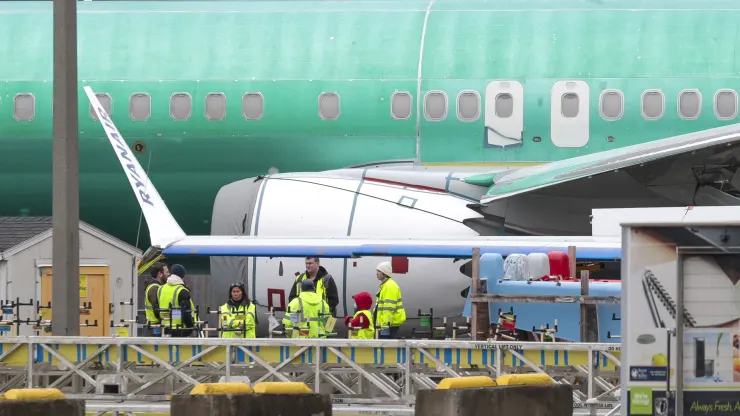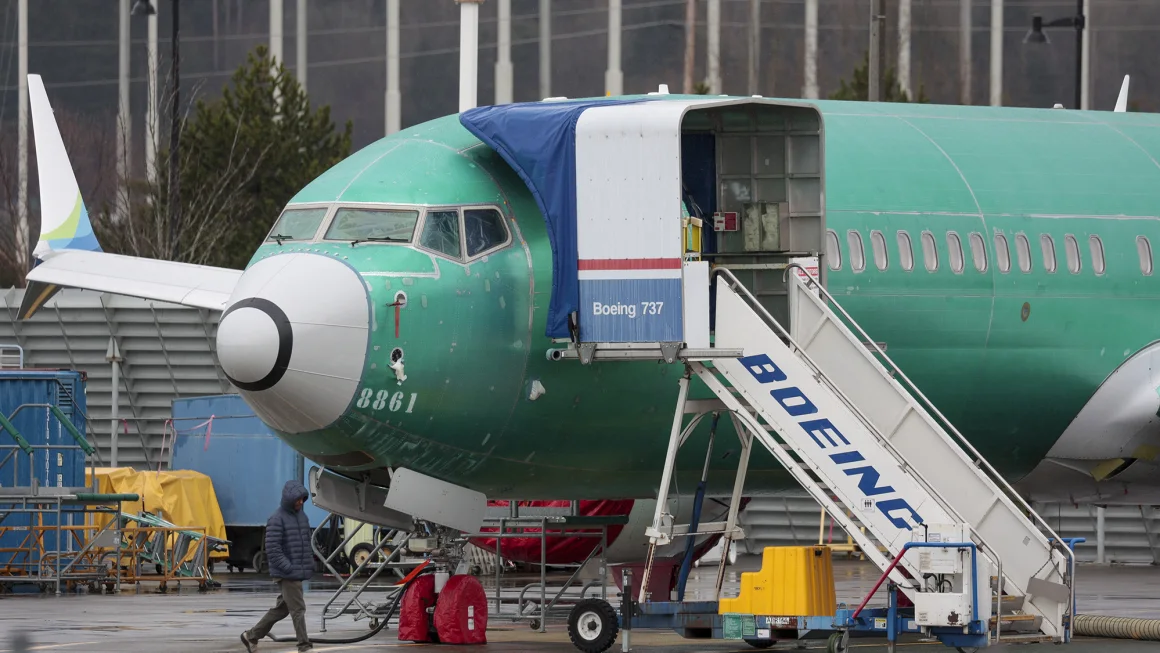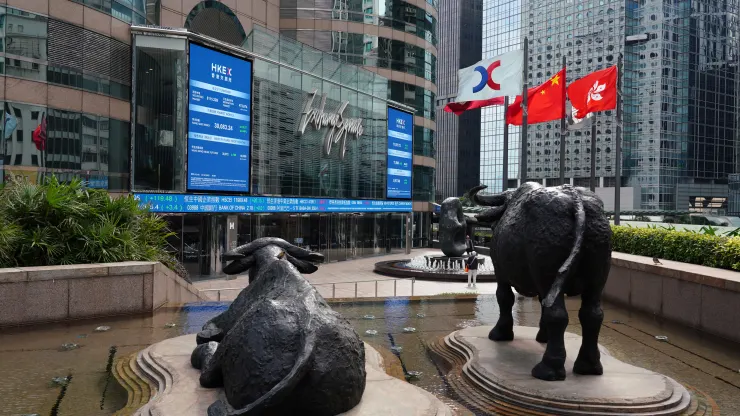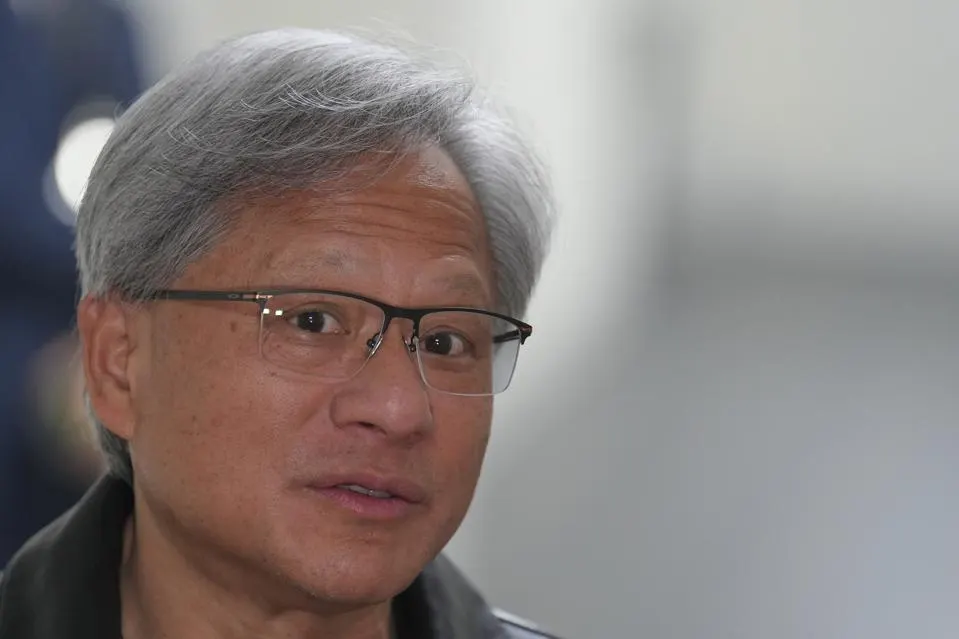The executive responsible for Boeing 737 Max production is stepping down following a recent incident where a component detached from a 737 Max 9 during flight, causing significant damage to the aircraft’s exterior.
Boeing announced major changes within its commercial aircraft division after an alarming event last month when a part dislodged from a 737 Max 9, leading to an in-flight emergency.
Ed Clark, who oversees the 737 Max series, including the Max 9, will depart immediately, as stated by Stan Deal, head of Boeing’s commercial aircraft sector, in a staff memo. Amidst calls for enhanced safety measures from regulatory bodies, airlines, and lawmakers, Boeing is also introducing other key leadership shifts.

Boeing has recently committed to revamping its quality assurance processes, with added scrutiny at its Renton, Washington, facility, where Clark managed Max production. These leadership adjustments are Boeing’s most visible response to the January 5th incident that compromised an Alaska Airlines aircraft’s integrity.
Clark assumed leadership of the Max program in 2021, a period marked by Boeing’s push to increase production after a global grounding of the aircraft following two deadly accidents that resulted in 346 fatalities, significantly tarnishing Boeing’s reputation and attracting intense regulatory oversight globally.
Stan Deal revealed that Katie Ringgold, formerly responsible for 737 deliveries, will now lead the Max program. Elizabeth Lund is appointed to oversee quality across all commercial aircraft, with Mike Fleming, who played a pivotal role in the Max’s return to service post-crash, taking over Lund’s previous duties. Don Ruhmann will succeed Fleming as vice president of development programs.
Deal emphasized in his memo that these changes underscore Boeing’s commitment to meeting and surpassing all quality and safety standards, a commitment he described as non-negotiable for their clientele.
Aerospace analyst Richard Aboulafia praised Boeing’s strategy of promoting internal talent over external hires for these leadership positions, though he advised that organizational restructuring has its limits without proper resourcing of the workforce and supply chain.
The incident with Alaska Airlines took place shortly after the plane’s departure from Portland International Airport. A door plug dislodged at approximately 16,000 feet, causing distress among passengers and necessitating an emergency return to Portland. The FAA responded by temporarily grounding all Max 9 jets in the U.S., later permitting them to resume flights after inspections, albeit with restrictions on Boeing’s production ramp-up until the company demonstrated resolution of its quality control issues.
A preliminary investigation by the National Transportation Safety Board indicated that missing bolts, crucial for securing the door plug, were removed at Boeing’s Renton plant and not replaced, raising questions about manufacturing oversight.
This episode has reignited concerns over Boeing’s manufacturing quality, coming on the heels of the Max crashes attributed to software malfunctions, and led to public criticism from airline executives demanding Boeing address these persistent issues.
Following the Max accidents and a pandemic-induced downturn in aviation, Boeing had paused and then gradually resumed Max production. The company, along with Airbus, is now facing challenges in keeping up with the revived demand for aircraft, compounded by supply chain and quality assurance hurdles, exemplified by a recent revelation of manufacturing defects in 737 Max fuselages by supplier Spirit AeroSystems, potentially delaying the delivery of around 50 aircraft.











